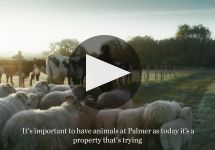Chateau Palmer 2018
- Decanter
-
Wine
Enthusiast -
Robert
Parker -
Jeb
Dunnuck -
Wine
Spectator -
James
Suckling



Product Details
Your Rating
Somm Note
Winemaker Notes
Blend: 53% Cabernet Sauvignon, 40% Merlot and 7% Petit Verdot
Professional Ratings
-
Decanter
Beautifully rich even on the nose, this makes you smile from the first moment. On the palate things are intense and concentrated, as you might expect with an 11hl/ha yield (mildew-related). Upfront flavours major on big bitter chocolate with touches of smoke and grilled cedar, lots of savoury fruits and touches of reduction. Extremely impressive how layered and textured it is, though it really needs decades to reveal itself. There is the seductive floral edge of Palmer as it opens in the glass, but this is a muscular wine that needs time. 79% new oak. No Alter Ego in 2018. Bottled July 2020 after one year in barrel and a second year in larger Stockinger barrels for 20% of the crop to soften the oak influence. It's extremely hard for top estates to deliver consistency and innovation over decades; it really is like a sports team in that way, and this is a standout success in what was an extremely challenging year for Palmer. Drinking Window 2028 - 2050
-
Wine Enthusiast
This dense wine is almost black in color. Offering tannins and luscious black fruits, it is ripe with both structure and richness. The concentration and thought-provoking intensity are impressive. Drink this wine from 2028. Organic and biodynamic. Cellar Selection
-
Robert Parker's Wine Advocate
The 2018 Palmer is composed of 53% Cabernet Sauvignon, 40% Merlot and 7% Petit Verdot. Grapes were harvested September 13 to October 15, and the wine has a 3.83 pH and 14.3% alcohol. Very deep purple-black in color, the nose is a little reticent to begin, but with coaxing, it slowly emerges to show fragrant violets, underbrush, mossy bark and iron ore with exponentially growing notions of crème de cassis, Black Forest cake, plum preserves, hoisin, Christmas cake and red roses with wafts of dusty earth, Indian spices and cracked black pepper. Full-bodied, concentrated and downright powerful in the mouth, it has a solid structure of firm, wonderfully plush tannins and masses of fragrant accents, finishing very long and very spicy. By the time I finished tasting this, the nose had exploded in this fragrant bomb of fruit, earth and floral notions. This is one of those 2018 wines that has a beguiling brightness that comes from the many floral, spice and mineral accents among all that rich fruit. WOW!
Barrel Sample: 97-99 -
Jeb Dunnuck
While there's not much to go around, the 2018 Château Palmer is unquestionably a stunning bottle of wine. I certainly can't think of another Palmer coming close to this level of concentration (maybe the 2010 comes closest?). This blockbuster boasts a dense purple hue as well as a primordial bouquet of black cherries, mulberries, and blackberries intermixed with freshly crushed rocks, smoke tobacco, gravelly earth, lead pencil shavings, and burning embers. With full-bodied richness, a dense, stacked mid-palate, mouth coating tannin's, and a blockbuster of a finish, it's going to need 10-15 years to hit maturity, and as I wrote last year, will live for just about forever. Rating : 99+
-
Wine Spectator
Remarkably concentrated, this nearly oozes fruit, with waves of cassis, plum reduction and warmed cherry preserves all carried by a dense yet polished and seamlessly embedded structure. A backdrop of violet, lilac and pastis adds to the enveloping feel, and yet with all that depth and concentration, this is a vibrant, pure expression, thanks in part to a riveting iron spine through the finish. Cabernet Sauvignon, Merlot and Petit Verdot. Best from 2028 through 2040.
-
James Suckling
Complex nose of black cherries, blackberries, dark chocolate and floral undertones with perfume-like character. It’s full-bodied with firm tannins. Elegant on the palate with structure. Savory and balanced, complex and layered. Long finish. Really lingers. This has really evolved into a beautiful white swan after a difficult debut from barrel! Tiny production. only 11 hectoliters per hectare. Try after 2024.
Other Vintages
2024- Vinous
-
James
Suckling -
Robert
Parker
- Vinous
- Decanter
-
Jeb
Dunnuck -
James
Suckling -
Robert
Parker
-
James
Suckling -
Robert
Parker -
Jeb
Dunnuck - Decanter
-
Wine
Spectator
-
Wine
Enthusiast - Decanter
-
Jeb
Dunnuck -
Robert
Parker -
James
Suckling -
Wine
Spectator
- Decanter
-
Wine
Enthusiast -
James
Suckling - Vinous
-
Jeb
Dunnuck -
Robert
Parker -
Wine
Spectator
-
James
Suckling - Vinous
- Decanter
-
Jeb
Dunnuck -
Robert
Parker -
Wine
Spectator
-
James
Suckling - Decanter
-
Robert
Parker - Vinous
-
Wine
Enthusiast -
Jeb
Dunnuck -
Wine
Spectator
-
Wine
Enthusiast -
Jeb
Dunnuck -
James
Suckling - Decanter
-
Robert
Parker -
Wine
Spectator
-
James
Suckling -
Jeb
Dunnuck -
Wine
Enthusiast -
Robert
Parker -
Wine
Spectator - Decanter
-
Wine
Enthusiast -
James
Suckling -
Jeb
Dunnuck - Decanter
-
Robert
Parker -
Wine
Spectator
-
James
Suckling -
Robert
Parker -
Wine
Enthusiast -
Jeb
Dunnuck -
Wilfred
Wong -
Wine
Spectator
-
Wine
Enthusiast -
James
Suckling -
Robert
Parker -
Wine
Spectator
-
James
Suckling - Decanter
-
Wine
Enthusiast -
Robert
Parker -
Wine
Spectator
-
Jeb
Dunnuck -
Wine
Enthusiast -
James
Suckling -
Robert
Parker - Decanter
-
Wine
Spectator
-
Wine
Enthusiast -
Robert
Parker -
James
Suckling -
Wine
Spectator
-
Wine
Enthusiast -
Wine
Spectator -
Jeb
Dunnuck -
Robert
Parker -
Wine &
Spirits -
Wilfred
Wong
-
Robert
Parker -
Wine
Enthusiast -
Wine &
Spirits -
Wine
Spectator -
James
Suckling - Vinous
-
Robert
Parker -
Wine
Enthusiast - Decanter
-
Wine
Spectator
-
James
Suckling -
Wine
Spectator
-
Robert
Parker
-
Wine
Spectator - Decanter
-
Robert
Parker
-
Robert
Parker
-
Robert
Parker -
Wine
Spectator -
James
Suckling
-
Robert
Parker -
Wine
Spectator
-
Wine
Spectator
-
Wine
Enthusiast
-
Wine
Spectator -
Robert
Parker
-
Robert
Parker -
Wine
Spectator
-
Robert
Parker -
Wine
Spectator
-
Wine
Spectator
-
Wine
Spectator
-
Wine
Spectator
-
Wine
Spectator
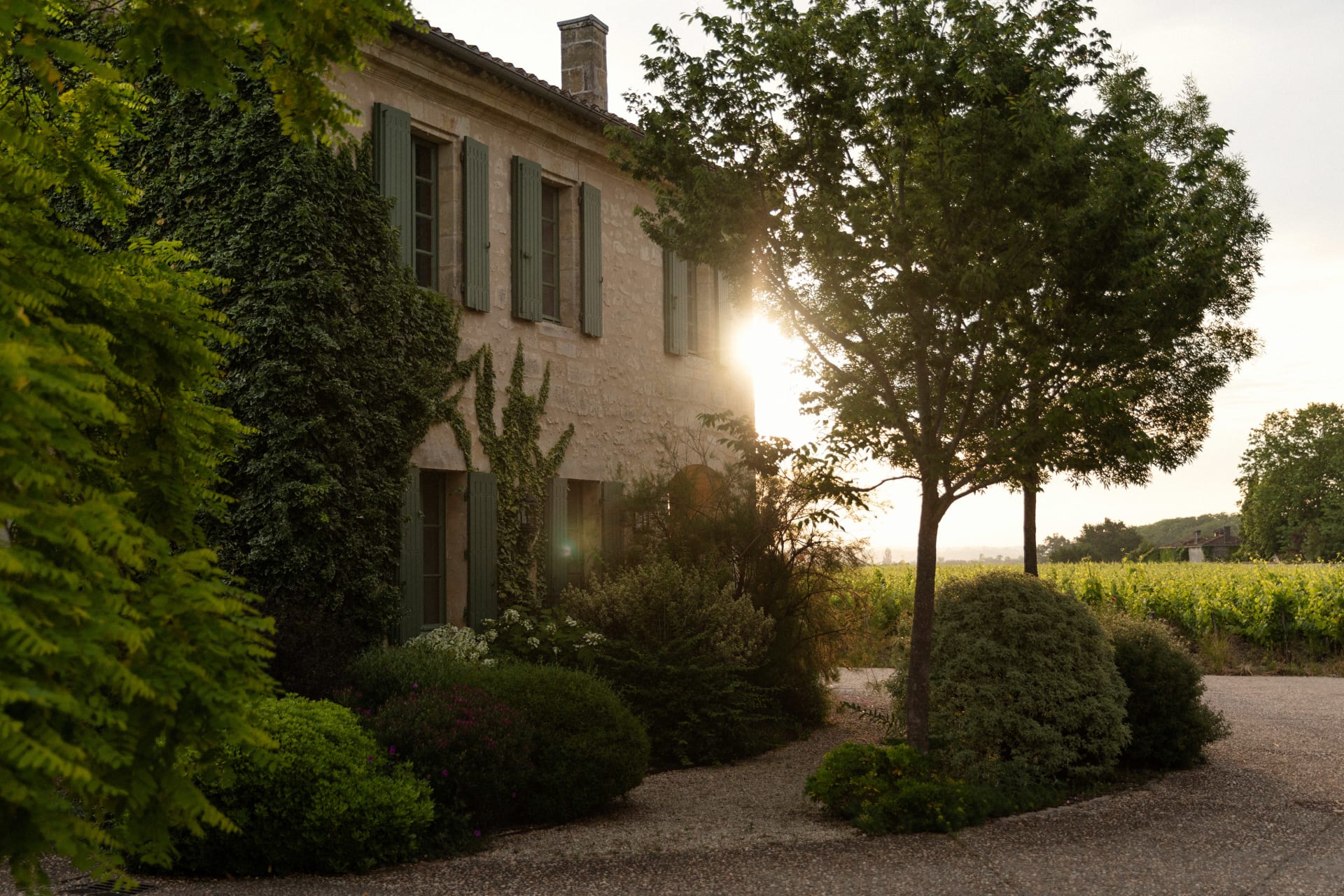

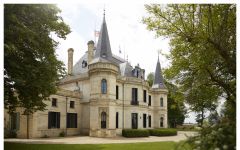


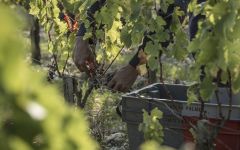

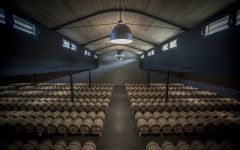
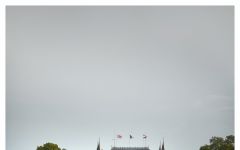
Château Palmer, A History of Passion and Perseverance
Among the mythic wines of the Margaux Appellation, Château Palmer has always stood apart, as instantly recognisable for its midnight blue label as for its inimitable bouquet, an uncommon blend of power and delicacy. It's a strength of character drawn from a fabled terroir, and from an ensemble of vibrant personalities who have forged the estate's identity through history.
Emerging in the 17th century, the estate only became Château Palmer in 1814, when it was acquired by Charles Palmer, a dashing British Major General who instilled his namesake with enough éclat and glamour to see it become renowned throughout London's aristocratic circles. In 1853, the Pereire brothers, among the preeminent financiers of Napoleon III's France, brought the rigour and vision needed for Château Palmer to be ranked among the most prestigious classified growths of the 1855 classification. In 1938, a consortium of four leading families in the Bordeaux wine trade acquired the estate, heralding an era of momentous vintages and deep-rooted stability – indeed, Palmer is still owned by the descendants of two of these families.
Today, the men and women leading Château Palmer into the 21st century are rhyming tradition with innovation in their passionate pursuit to capture the subtleties of one of the world's most legendary terroirs. Palmer's eminently complex wines, combining aromatic richness and extraordinary elegance with a beguiling velvet texture and remarkable ageing potential, are reflections of those spirited efforts and all that distinguishes this 66 ha estate. A veritable mosaic of soils, a unique vineyard planting of equal parts Merlot and Cabernet Sauvignon subtly enriched with Petit Verdot, and pioneering farming techniques that respect nature's exquisite equilibrium, together make these wines transcendent expressions of the Margaux appellation.
In 2004, the shareholders placed Thomas Duroux, a thirty-four-year-old agronomist and oenologist, at the head of Château Palmer. In 2007, Sabrina Pernet was named the château's technical director.
The estate has been certified organic and biodynamic agriculture (Demeter certification) since the 2018 vintage.

One of the world’s most classic and popular styles of red wine, Bordeaux-inspired blends have spread from their homeland in France to nearly every corner of the New World. Typically based on either Cabernet Sauvignon or Merlot and supported by Cabernet Franc, Malbec and Petit Verdot, the best of these are densely hued, fragrant, full of fruit and boast a structure that begs for cellar time. Somm Secret—Blends from Bordeaux are generally earthier compared to those from the New World, which tend to be fruit-dominant.

Silky, seductive and polished are the words that characterize the best wines from Margaux, the most inland appellation of the Médoc on the Left Bank of Bordeaux.
Margaux’s gravel soils are the thinnest of the Médoc, making them most penetrable by vine roots—some reaching down over 23 feet for water. The best sites are said to be on gentle outcrops, or croupes, where more gravel facilitates good drainage.
The Left Bank of Bordeaux subscribes to an arguably outdated method of classification but it is nonetheless important in regards to history of the area. In 1855 the finest chateaux were deemed on the basis of reputation and trading price—at that time. In 1855, Chateau Margaux achieved first growth status, yet it has been Chateau Palmer (officially third growth from the 1855 classification) that has consistently outperformed others throughout the 20th century.
Chateau Margaux in top vintages is capable of producing red Cabernet Sauvignon based wines described as pure, intense, spell-binding, refined and profound with flavors and aromas of black currant, violets, roses, orange peel, black tea and incense.
Other top producers worthy of noting include Chateau Rauzan-Ségla, Lascombes, Brane-Cantenac, and d’Issan, among others.
The best wines of Margaux combine a deep ruby color with a polished structure, concentration and an unrivaled elegance.
